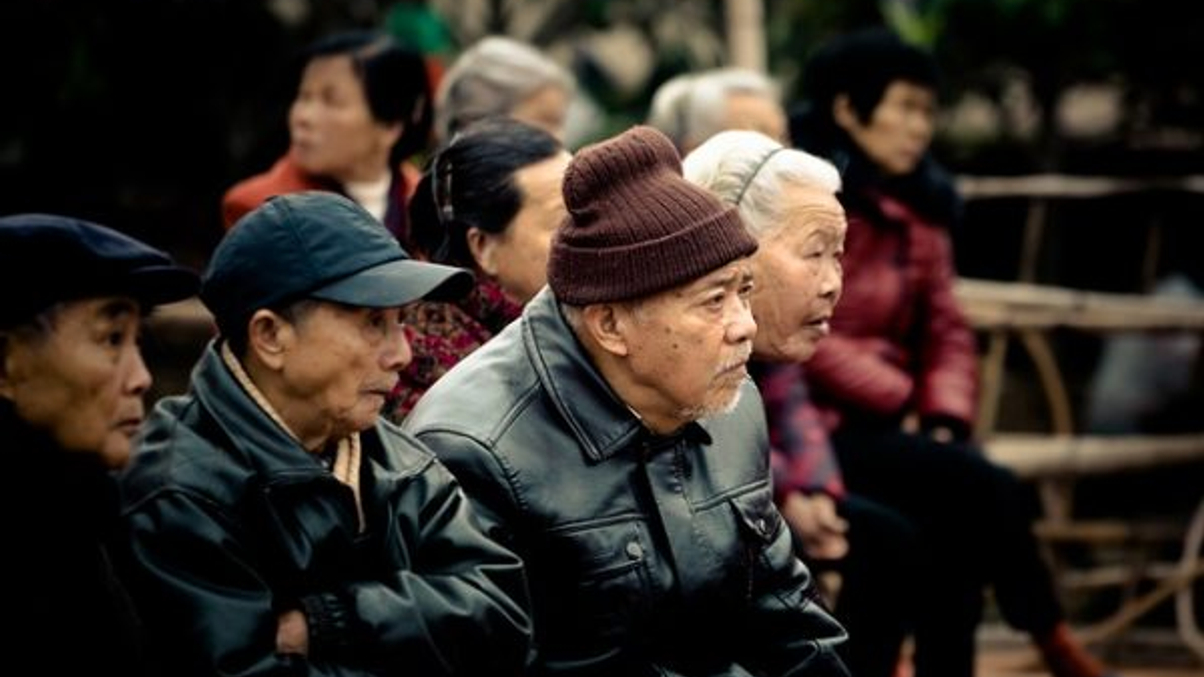Megatrends: Asia’s investors face an age-old problem
A new series of articles for AsianInvestor's 20th anniversary focus on major investment undercurrents. First is the need for the region to build pension fund assets and returns.

As part of its 20th anniversary magazine edition, AsianInvestor has targeted five key areas that investors will need to prioritise over the coming decade. Below, we offer an analysis on the impact of demographic change on the region's asset owners in the years to 2030.
A common observation about Asia is that it’s incredibly varied. But there’s one commonality almost all nations face: an inadequate approach to retirement.
Whether viewing the relatively youthful south and south-east countries, or the rapidly aging but more prosperous markets in the north, no country has fully proved adequate to the task of saving for a growing number of retirees.
And this problem is set to worsen over the coming decade, as baby boomers retire en-masse.

Richard Jackson,
Global Aging Institute
“These countries have very different kinds of pension systems. If they have something in common, it’s probably all of them will deliver disappointingly low replacement rates, but for different reasons,” Richard Jackson, US-based president of the Global Aging Institute, told AsianInvestor.
Replacement rate is defined as a pensioner’s income as a percentage of earnings before retirement. The exact ratio varies by country.
Many countries such as China and South Korea have pay-as-you-go systems, but their replacement rates are falling due to low birth rates and rising numbers of pensioners. Meanwhile, non-pay-as-you-go systems like the Mandatory Provident Fund (MPF) scheme in Hong Kong either don’t require high enough contributions or they don’t earn high enough investment returns.
All-told, Asia’s public pension assets are inadequate to give most retirees a reasonable standard of living in old age, said Jackson.
Given that situation, it’s little surprise that no Asian country was included in the top 10 ranked pension systems of the Allianz global pension report 2020, released in late May. The survey came to a sober conclusion about the region: a lot more work needs to be done.
Asia as a region holds nearly 60% of the world’s population, yet possesses just 9% of global pension assets
Part of the problem is a general lack of savings. Asia as a region holds nearly 60% of the world’s population, yet just 9% of global pension assets. Pension assets as a percentage of GDP also tend to be quite minute in Asia compared to the US and Europe, said Carl Berrisford, equity analyst at UBS Global Wealth Management.
“The risk of not doing anything to address the pension issues today is that you’re going to see declining living standards for very large groups of people. That’s going to drag down economic growth unless the government steps up to the plate with the right labour and social policies,” he told AsianInvestor.
Countries relying on defined benefit systems, which require state support, are at particular risk. It’s going to prove increasingly costly for governments to meeting the needs of these systems as more people retire. It will probably force governments to borrow more, slash other areas of spending and push up fiscal deficits.
ALTS PUSH
There is no silver bullet to this problem; it’s too large. But there are changes that pension funds can make to begin mitigating it.
The first: improving investment returns. That will mean pension funds raising their alternative asset investments.

Carl Berrisford,
UBS Asset Management
Alternative assets can, when wisely employed, offer higher and more sustainable long-term returns. But to date pension funds in Asia haven’t generally focused on them. Paul Sandhu, head of multi-asset quant solutions and client advisory for Asia Pacific at BNP Paribas Asset Management, told AsianInvestor that investment strategies over the past decade heavily focused on equities and US Treasuries, because they were the only two asset classes that really outperform the markets.
“We see an overconcentration of investments in fixed income and cash [in pension investments], which are going to give you low returns,” said UBS’s Berrisford. “You’ve got to have the expertise, or asset managers, that are able to look beyond those assets.”
A study on pension allocation trends in emerging markets by Mercer last year noted that Asia ex-Japan pension funds invest an average of 52.8% of their assets in fixed income, followed by 33.8% in equity. Just 7.6% was in alternatives.
“Anything that is less than 10% is considered not that significant in the whole portfolio. In the more developed countries, the US, UK, Australia, they generally have an allocation of close of between 20% to 30% to alternatives. I think the allocation in Asia is having room to improve,” Janet Li, wealth business leader for Asia at Mercer, told AsianInvestor.
This story was adapted from a longer feature on demographics that appeared in the 20th anniversary edition of AsianInvestor magazine.
Sign in to read on!
Registered users get 2 free articles in 30 days.
Subscribers have full unlimited access to AsianInvestor
Not signed up? New users get 2 free articles per month, plus a 7-day unlimited free trial.
¬ Haymarket Media Limited. All rights reserved.


